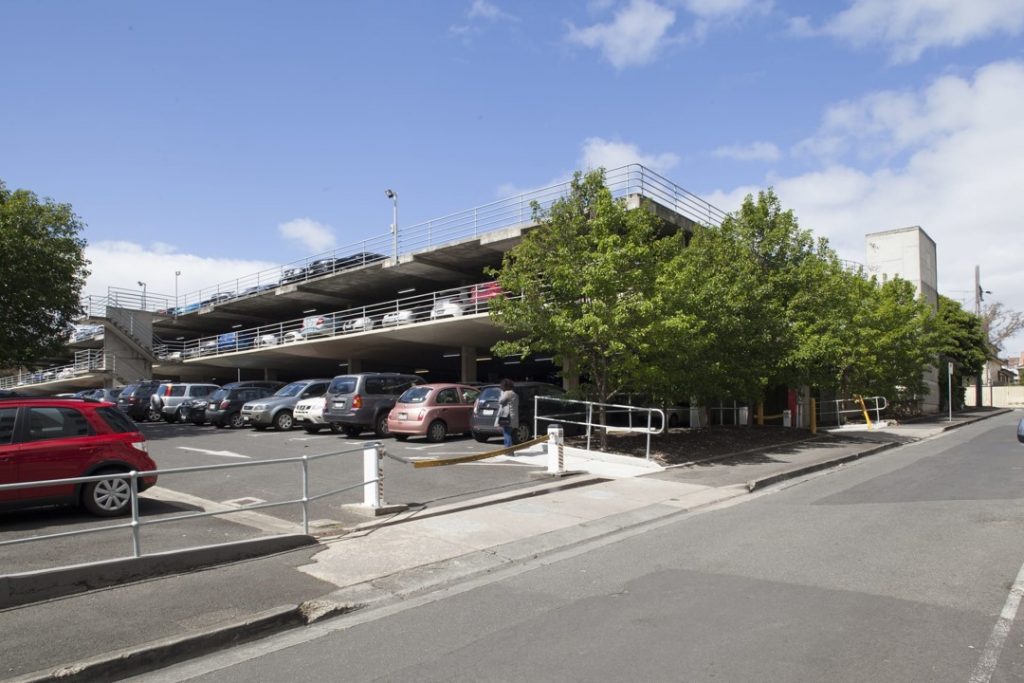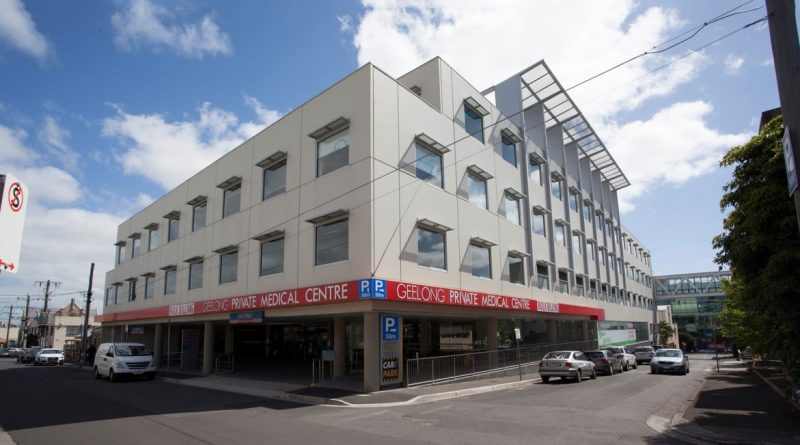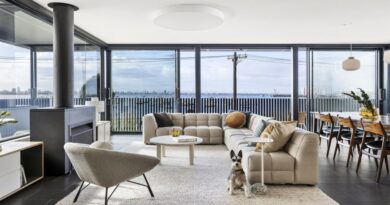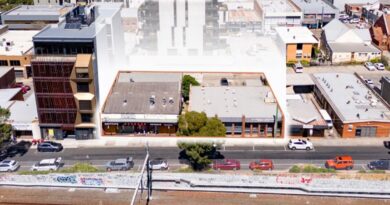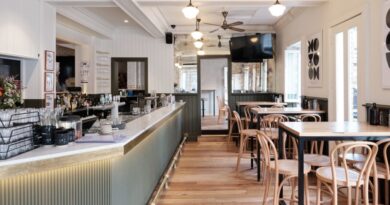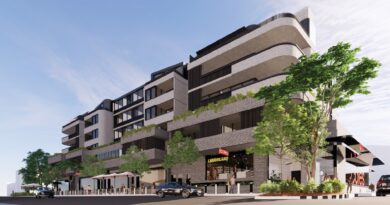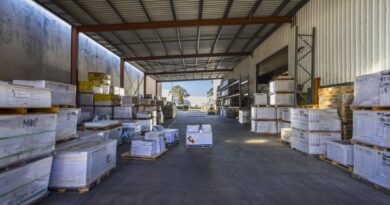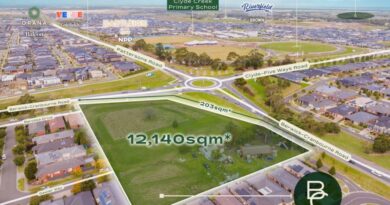Geelong Private Medical Centre for sale
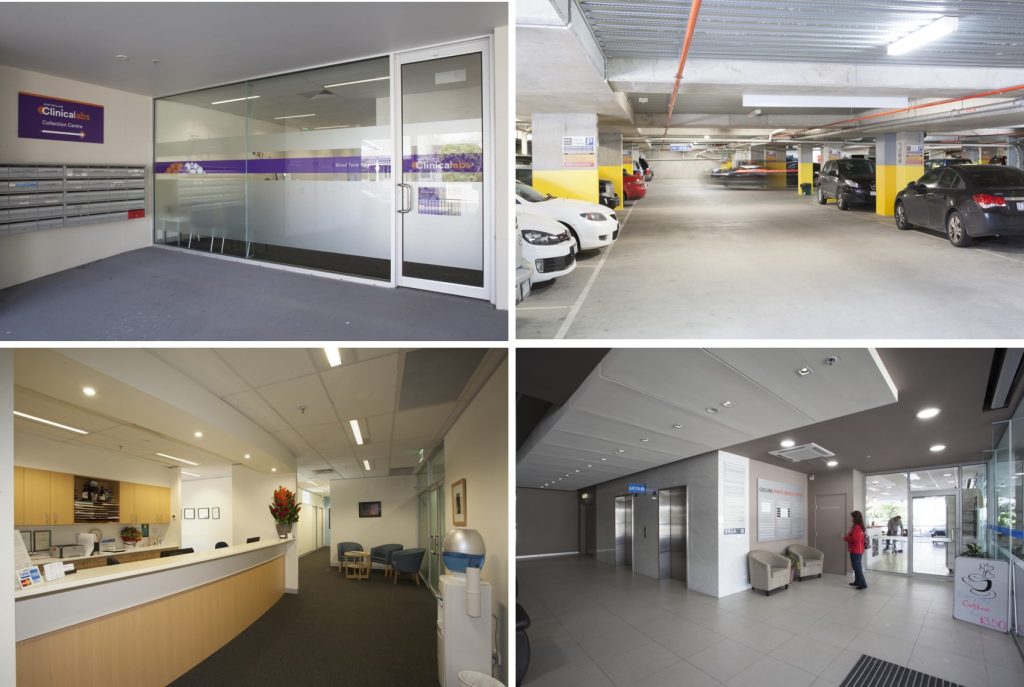
The Chinese syndicate which three years ago bought Geelong Private Medical Centre from KPMG, a receiver representing National Australia Bank, is selling it with price hopes of more than $30 million.
The vendors paid $17.8m – a memorable purchase some $10m less than was expected and reflecting a 10 per cent yield – but accepted because it covered the $16.5m mortgage.
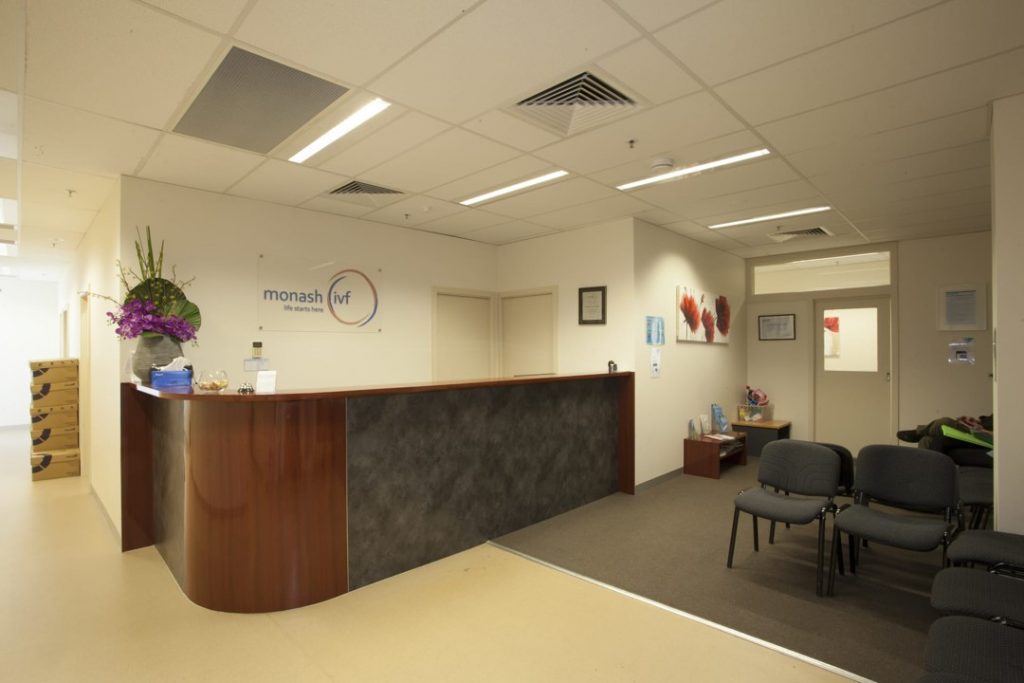
Geelong Private Medical Centre was one of three Victorian commercial investments receivers sold for banks which financed Singapore’s International Healthway Corporation, now known as OUE Lippo Healthcare (the others – two St Kilda Road offices – traded for a total of $117.75m).
IHC paid $28m for Geelong Private Medical Centre in 2014.
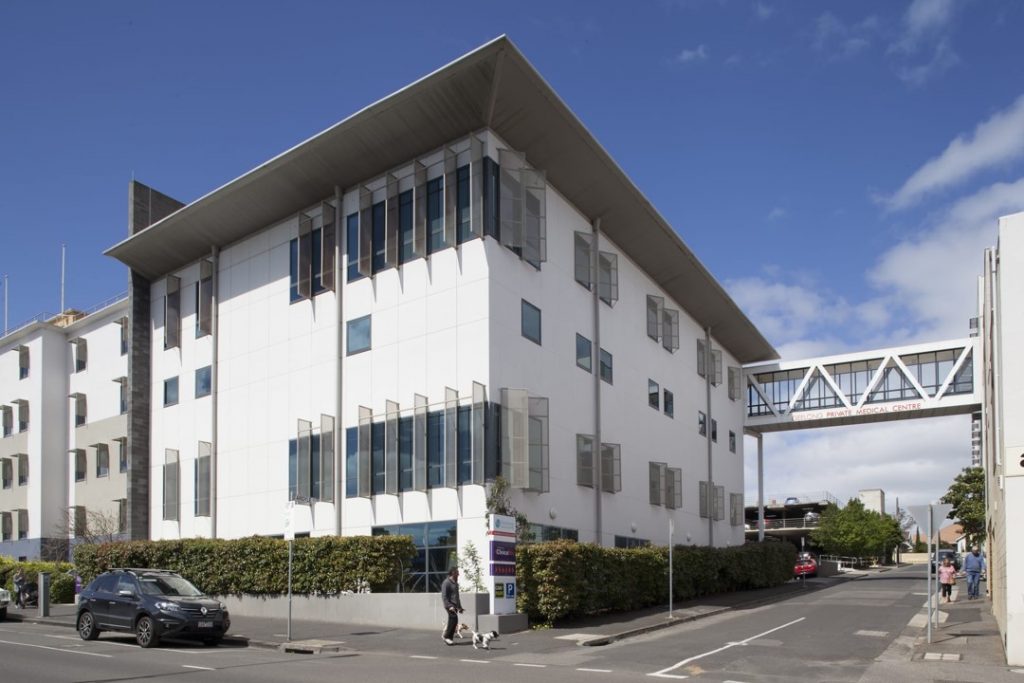
Its re-offering comes in a quarter investors are flocking to essential-services leased assets and the state government is considering buying them for occupation.
At the anticipated sale price, it would be the biggest deal for a publicly marketed Victorian healthcare centre since Ken Biddick purchased Cranbourne Health in Cranbourne North last October.
Geelong Private Medical Centre at 73-79 Little Ryrie Street
CBRE’s Jimmy Tat, Sandro Peluso, Josh Twelftree and Marcello Caspani-Muto are marketing Geelong Private Medical Centre at 73-79 Little Ryrie Street, Geelong,
With 174 car parks, some in a basement, the fully let net annual income is about $2.25m, they said.
The four-storey building contains 4937 sqm of lettable area with an air-bridge on the third floor connecting it to Geelong Private Hospital, which is next door to Barwon Health’s University Hospital Geelong, formerly Geelong Hospital.
Mr Peluso added medical related investments “are sought after for their low levels of risk during exposure to market downturns and recessions”.
“In the midst of COVID 19, the healthcare sector has proven to be arguably one of the stronger performing sectors showing returns of between 4-6 per cent and the trend is likely to continue in 2020”.
Mr Tat said leases for parts of the investment “to many of Australia’s largest medical and healthcare operators coupled with the lack of quality blue chip assets on the market, should encourage a competitive sales campaign with a range of local, national and offshore buyers expected to vie”.
“The youth of the building, which will allow for more depreciation benefits and lower expected capital expenditure cost when compared to older properties, is expected to appeal strongly to investors – particularly given the short supply of quality investment opportunities across several asset classes,” the agent added.
Waves of confidence flowing at Corio Bay
Last year City of Geelong advanced plans to consolidate from several offices to a new headquarters it will own at 137 Mercer Street which will form part of a $200m mixed-use village with public space and another commercial tower council said it plans to retain as an investment.
In December, with the backing of logistics businessman and philanthropist Paul Little, it launched a twice-daily ferry service connecting the town to Docklands.
Four weeks ago, TT-Line confirmed the Spirit of Tasmania would dock at Corio Quay and no longer at Port Melbourne’s Station Pier where it has since its 1985 inception.
Geelong, with a metropolitan population of approaching 250,000, is also seeing a wave of high-rise apartments, offices and hotel developments while in industrial circles, Pelligra Group is retrofitting ex-Ford factories in Corio to allow for multiple occupiers – a project to be branded FORTEK.
